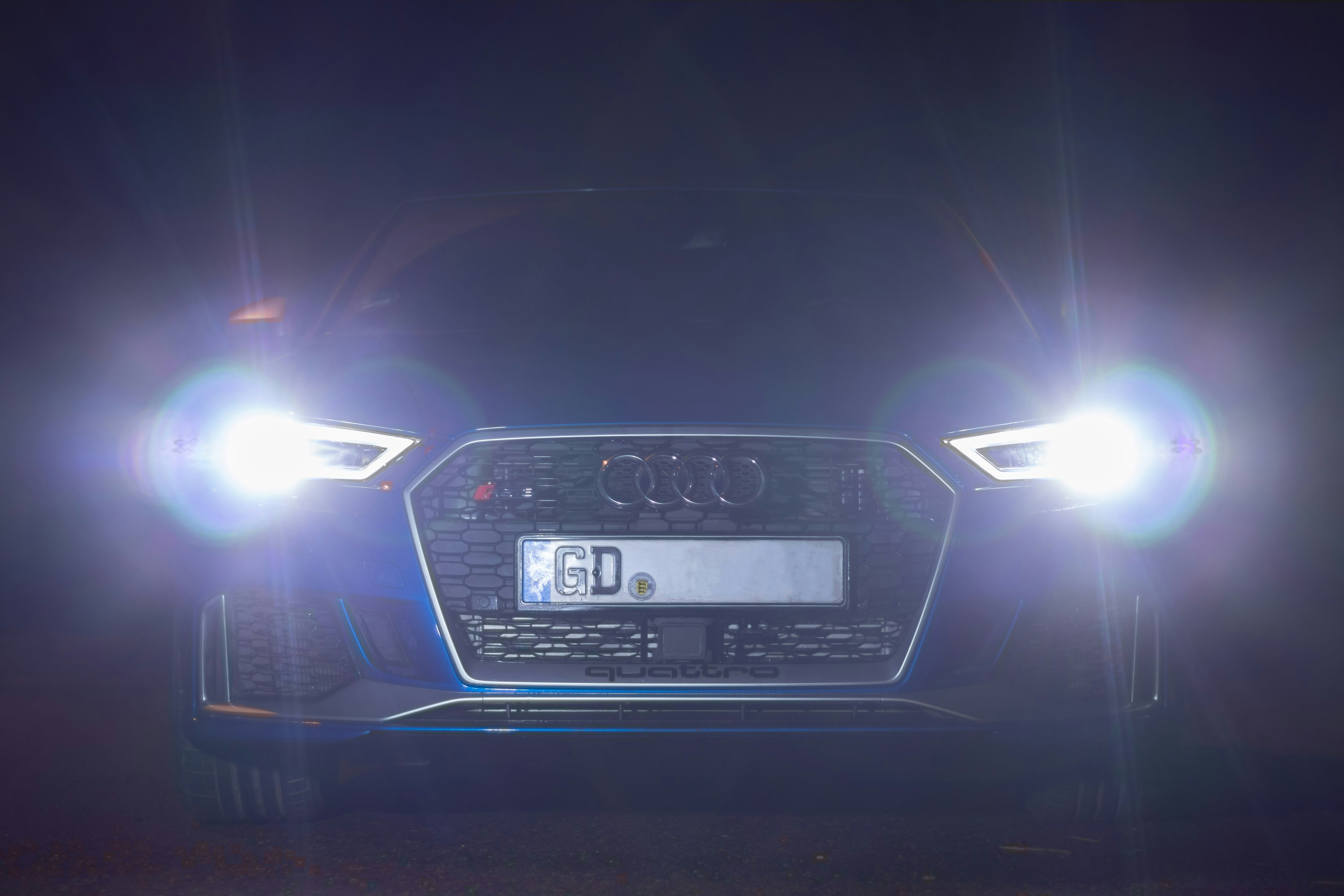Picture this: you're driving down a dark road, and suddenly a large rock flies out of nowhere, cracking your headlight. You're left wondering, "Does my car insurance cover this damage?" Or maybe you're parked in a busy parking lot, only to return and find your headlight smashed. The question is, what can your car insurance do for you in these situations? It's essential to understand the details of your policy, as not all types of car insurance are created equal when it comes to headlight coverage.
In this article, we'll dive deep into the world of car insurance and headlights, exploring the different types of coverage and what each of them means for your headlights. We'll also touch on factors that can affect your coverage, as well as ways to ensure your headlights are protected.
Types of Car Insurance Coverage
To determine if your car insurance covers your headlights, you first need to know which type of coverage you have. The question of what car insurance covers is dependent on the answer. There are several types of coverage, each providing different levels of protection for your vehicle:
- Liability Coverage: This is the most basic type of car insurance, and it's required in most states. Liability coverage protects you financially if you cause an accident that results in damage to another person's property or causes injuries. However, this coverage does not cover any damage to your own vehicle, including your headlights.
- Collision Coverage: Collision coverage is an optional type of insurance that covers damage to your car resulting from an accident, regardless of who's at fault. This coverage typically includes damage to your headlights if they're damaged in a collision. However, it won't cover damage resulting from non-collision events, such as theft or vandalism.
- Comprehensive Coverage: Comprehensive coverage is another optional type of insurance that covers damage to your vehicle resulting from non-collision events, such as theft, vandalism, natural disasters, and falling objects. This type of coverage typically includes damage to your headlights caused by these events.
Factors Affecting Headlight Coverage
Even if your car insurance policy includes collision or comprehensive coverage, some factors might affect whether your headlights are covered:
- Deductible: Your deductible is the amount you're required to pay out-of-pocket before your insurance kicks in. If the cost to repair or replace your damaged headlights is less than your deductible, your insurance won't cover the expense. In this case, you'll have to cover the cost yourself.
- Actual Cash Value (ACV): When your insurance company calculates the amount they'll pay for a claim, they typically consider the actual cash value of your vehicle. If your car's ACV is low, it might not be worth it to file a claim for headlight damage, as the payout could be minimal.
- Policy Exclusions: It's crucial to carefully read your insurance policy to understand any exclusions that might apply. For example, some policies may not cover aftermarket or custom headlights. Make sure you're aware of any such exclusions before purchasing your policy.
Ways to Ensure Your Headlights Are Covered
To guarantee your headlights are covered, consider taking these steps:
- Choose the Right Coverage: If you want to ensure your headlights are covered, opt for a policy that includes collision and comprehensive coverage. Remember, liability coverage alone won't protect your headlights.
- Review Your Policy: It's essential to carefully review your insurance policy to understand what's covered and what's not. Look for any exclusions or limitations that might apply to your headlights and consider adjusting your coverage if necessary.
- Maintain Your Vehicle: Regularly maintaining your vehicle, including your headlights, can help prevent damage in the first place. Replace damaged or worn-out headlight bulbs and keep the lenses clean to ensure they're functioning properly. This will not only keep you safe on the road but also minimize the likelihood of needing to file a claim for headlight damage.
- Install Protective Measures: Consider installing protective measures for your headlights, such as headlight covers or guards, to help prevent damage from rocks, debris, or other road hazards. These accessories can provide an extra layer of protection and may save you money in the long run by avoiding costly repairs or replacements.
- Understand Your Deductible: Be aware of your deductible and how it affects your insurance coverage. If you have a high deductible, you might end up paying for headlight repairs or replacements out-of-pocket. You can consider lowering your deductible if you're concerned about covering the cost of headlight damage, but keep in mind this may increase your premium.
- Keep Records: In the event you need to file a claim for headlight damage, having detailed records of your vehicle's maintenance, repairs, and any previous incidents can help streamline the process. Keep receipts for any headlight repairs or replacements and take photos of any damage for your records.
Conclusion
In conclusion, car insurance can cover headlight damage, but it largely depends on the type of coverage you have and the specific circumstances surrounding the damage. To ensure your headlights are protected, it's crucial to choose the right coverage, understand your policy's limitations, and take proactive measures to prevent damage.
Remember to review your policy regularly and make any necessary adjustments to keep your headlights covered. By taking these steps, you'll have peace of mind knowing your headlights are protected, allowing you to focus on the road ahead.




